New Products
-
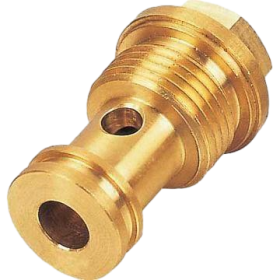
Custom Turn-Mill Combination brass parts
-
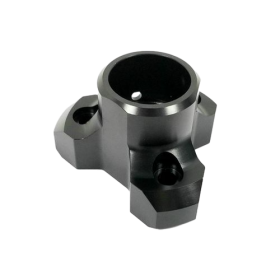
Custom Turn-Mill Combination parts
-
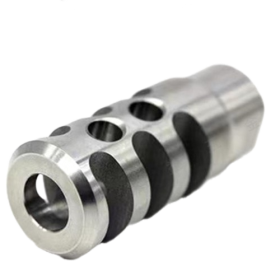
Precision CNC Turning Parts Stainless Steel shaft accessories
-
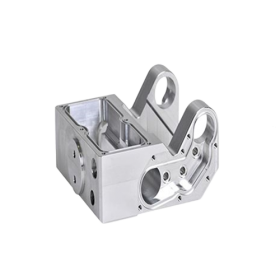
Custom CNC Milling Automated Machinery and Equipment Parts
-
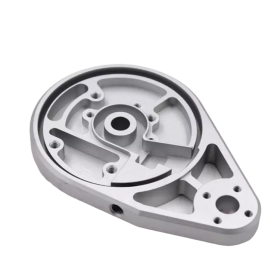
OEM/ODM Custom High Precision Metal CNC Machining/Milling/Turning Service CNC Turning Part
-
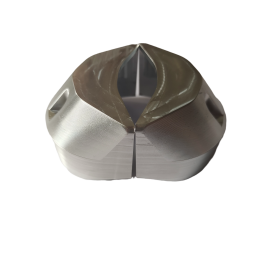
Precision CNC Milling Robotic Arm parts
CNC Machining for High-Mix Low-Volume Production
In today’s manufacturing landscape, the demand for customization has reshaped production paradigms. High-Mix Low-Volume (HMLV) production—creating diverse part types in small batches—has become a cornerstone for industries like aerospace, automotive, consumer electronics, and medical devices. CNC machining, with its blend of precision, programmability, and adaptability, is uniquely positioned to excel in this dynamic environment. This guide explores advanced strategies to optimize CNC machining for HMLV production, ensuring efficiency, quality, and competitiveness.
1. Understanding High-Mix Low-Volume (HMLV) Production
HMLV production is characterized by:
· High Mix: A wide range of part designs, materials, and geometries (e.g., 50+ unique parts per week).
· Low Volume: Small batch sizes, often 1–500 units per part, tailored to customer orders or niche markets.
In CNC machining, this means frequent tool changes, program swaps, and setup adjustments—challenges that demand agility without sacrificing precision.
2. Why CNC Machining Excels in HMLV Environments
CNC machining’s inherent strengths make it ideal for HMLV:
· Programmability: G-code and CAM software enable rapid transitions between part designs (e.g., switching from an aluminum bracket to a titanium medical component in <30 minutes).
· Precision at Scale: Multi-axis machines (3-, 4-, or 5-axis) maintain tolerances (±0.01mm) across diverse parts, critical for aerospace fasteners and medical implants.
· Material Versatility: From plastics (PEEK, ABS) to metals (304 stainless steel, Inconel), CNC machines handle varied materials without extensive retooling.
3. Advanced Strategies for Optimizing HMLV CNC Machining
3.1 Optimize Machine Capabilities
Leverage Quick-Change Systems:
· Tool changers with automatic presetters reduce tool swap time by 70% (e.g., from 15 minutes to 4 minutes per batch).
· Modular workholding (e.g., zero-point clamping systems) enable fixture changes in <5 minutes, critical for switching between part families.
Maximize Spindle Utilization:
· Run lights-out shifts for high-demand parts, using robotic loaders to automate material handling.
· Prioritize machines with high spindle speeds (up to 40,000 RPM) for fast material removal in small batches.
3.2 Adopt Agile and JIT Production Practices
Just-In-Time (JIT) Scheduling:
· Align production with customer orders to minimize inventory (e.g., producing 50 automotive sensor brackets only when an order is confirmed).
· Use cloud-based ERP systems to sync CNC job queues with real-time demand, reducing lead times by 30%.
Agile Process Design:
· Standardize setup workflows for common part geometries (e.g., cylindrical parts vs. flat panels) to streamline changeovers.
· Cross-train operators to handle multiple CNC machines and part types, ensuring flexibility during peak demand.
3.3 Data-Driven Decision-Making
Real-Time Monitoring:
· Deploy IoT sensors to track machine uptime, tool wear, and cycle times (e.g., alerting operators when a drill bit reaches 90% of its lifespan).
· Use CNC controllers with built-in analytics to identify bottlenecks (e.g., a 5-axis machine idle 20% of the time due to delayed program uploads).
Predictive Maintenance:
· Analyze vibration and temperature data to schedule spindle or guide rail maintenance before failures occur, reducing unplanned downtime by 40%.
3.4 Refine Setup and Troubleshooting
Rapid Program Validation:
· Use virtual machining software (e.g., Vericut) to simulate toolpaths offline, catching collisions or overcuts before physical production—critical for complex parts like aerospace manifolds.
Standardized Tooling Libraries:
· Maintain a centralized database of tool specifications (e.g., carbide end mill diameters, flute counts) to reduce setup errors when switching between parts.
Remote Support:
· Enable CNC manufacturers to troubleshoot program issues via remote access, cutting on-site service delays from 24 hours to 2 hours.
4. Industry Applications of HMLV CNC Machining
Aerospace
· Use Case: Producing 10–20 unique brackets per aircraft model, each with tight tolerances (±0.005mm) for structural integrity.
· CNC Advantage: 5-axis machining handles complex geometries in one setup, eliminating multiple operations.
Medical Devices
· Use Case: Manufacturing custom orthopedic implants (5–10 units per patient) with biocompatible finishes (Ra <0.8μm).
· CNC Advantage: Quick program tweaks adapt to patient-specific CT scan data, ensuring perfect fit.
Consumer Electronics
· Use Case: Prototyping and small-batch production of smartphone chassis (100–500 units) for market testing.
· CNC Advantage: Fast material swaps (aluminum to magnesium) enable rapid design iterations.
Automotive
· Use Case: Producing low-volume specialty parts (e.g., racing engine components) with high strength-to-weight ratios.
· CNC Advantage: Precision milling of titanium alloys meets performance demands without mass production tooling costs.
5. Overcoming HMLV Challenges with CNC
|
Challenge |
CNC Solution |
|
Long setup times |
Quick-change fixtures + offline programming reduce changeovers by 50%. |
|
High per-unit costs |
Shared tooling across part families and JIT scheduling lower overhead. |
|
Quality consistency |
In-process probing (CMM integration) ensures ±0.01mm tolerance across batches. |
|
Demand volatility |
Agile scheduling and multi-skilled operators adapt to order fluctuations. |
Conclusion
High-mix low-volume production demands a manufacturing approach that balances customization with efficiency. CNC machining, when optimized with agile strategies, data-driven insights, and advanced tooling, becomes a powerful engine for HMLV success. By embracing these techniques, manufacturers can meet diverse customer needs, reduce time-to-market, and maintain the precision that defines quality in industries ranging from aerospace to medical devices. In the era of customization, CNC machining for HMLV isn’t just a capability—it’s a competitive imperative.


 Evan Xiao
Evan Xiao